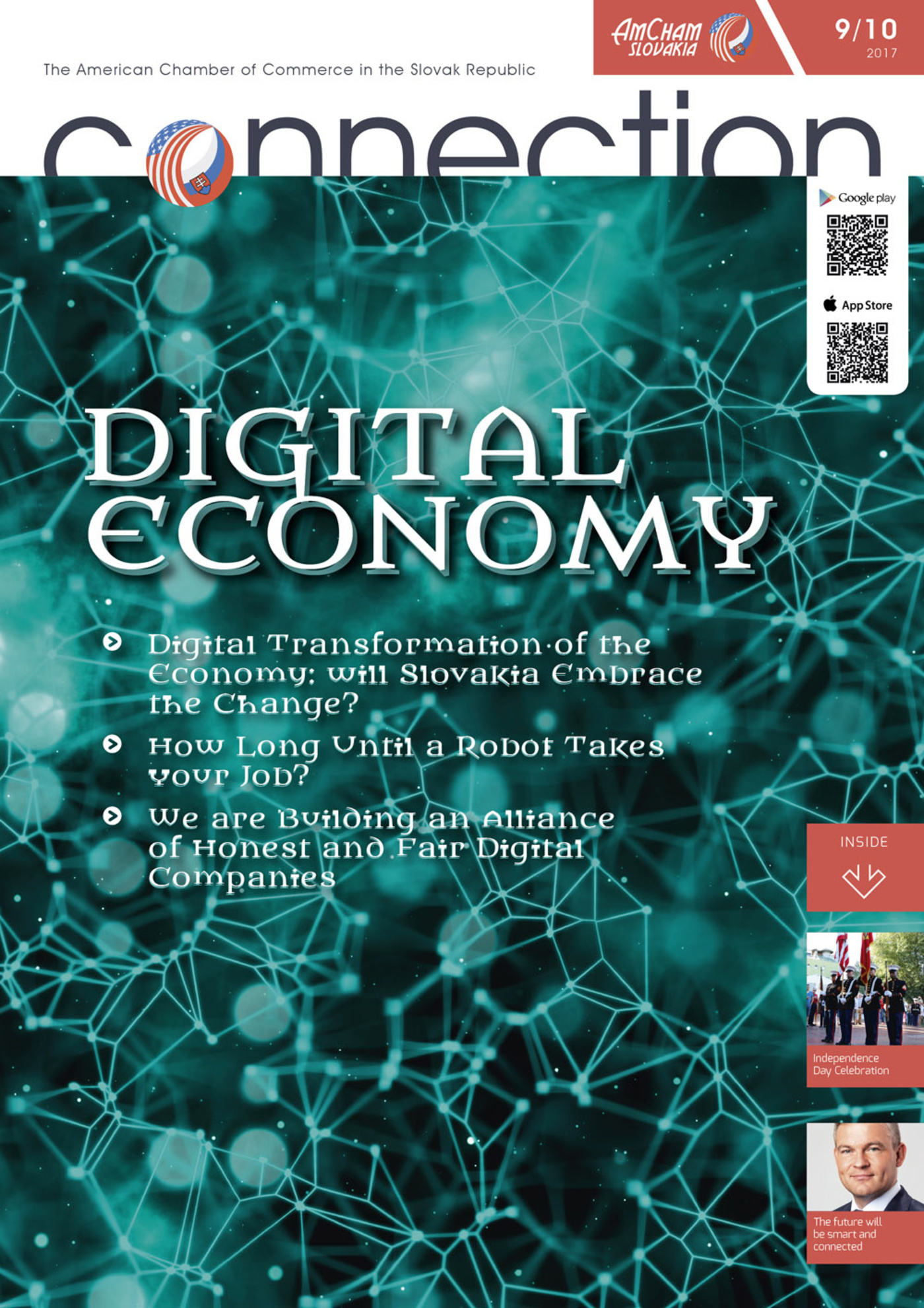So, if you rely on your work, and it gives meaning to your life, there are two options:
- Do a job where skills such as creativity, intelligence and complicated human interactions with emotional intelligence are required, therefore the robot cost is too high in the near future, or
- Do a job which not even robots want to do.
Artificial Intelligence (AI) is currently embodied by IBM with Watson, SAP with Leonardo, Microsoft Cortana, Apple Siri, or the recently announced new disruptive, OpenText Magellan, aggressively positioned against IBM. These technologies can understand your questions, and give you a more or less relevant answer. But all those AI programs still do not meet the definition of AI. As long as robot AI follows computer programs written by humans using algorithms, they have limited abilities to evolve and learn on their own.
AI can be classified into four basic types:
1. Reactive only.
An example is IBM Deep Blue playing chess with Kasparov. A system focusing on one specific topic without trying to understand more, building memories and adjusting behavior from previous experiences.
2. Limited memory.
This includes autonomous vehicles and chatbots. They can collect experiences and adjust future decisions based on these in a limited way.
3. Theory of Mind.
Examples from sci-fi are robots from Star Wars (C-3PO and R2-D2) or Sonny from I, Robot which are able to understand thoughts and emotions affecting our behaviors. These systems can interact socially with humans.
4. Self-aware.
Examples are Eva from the movie Ex Machina and David from Artificial Intelligence: AI (from 2001). These robots can predict the feelings of others, and make abstractions and interferences. With incredible learning ability and a huge knowledge base of information, such systems could rule the world.
Perhaps it is time to amend the three Laws of Robotics as formulated by Isaac Asimov in 1950:
1. A robot may not injure a human or, by inaction, allow a human being to come to harm.
2. A robot must obey its orders given by humans, except where such orders would conflict with the first law.
3. A robot must protect its own existence, as long as such protection does not conflict with the first or second laws.
With type IV AI, there is a need to add two laws:
4. A robot must always establish its identity as a robot.
5. A robot must know it is a robot.
If you watch the above movies, it will be clear why these additional laws are so important and needed. But back to reality. With all technology, there is a connected cost. Today, many big companies have many repetitive manual jobs, for example, entering paper invoices into accounting software instead of using automated scanning and data mining solution with learning abilities.
Now the bad part. The time is coming when computers will have the power and capacity to not just follow, but learn and analyze information from vast datasets with analytics strong enough to allow them to drive their behavior in the same way humans do.
It’s important to realize that any job with a mechanical programmable process will be affected, including jobs such as accounting, and analyzing medical scans, ultrasonography data, images or even videos with dynamic screenings, where a doctor will not be needed as a computer program will be able to process data faster and more accurately. Jobs such as taxi driver and truck driver will disappear in the future as autonomous vehicles and drones come on line.
Robots will undertake agriculture, first as automatic agbots (agricultural robots), and then as autonomous clever systems managing production based on weather, earth quality, stock management with automatic orders, based on pricing data with economical decision making and huge knowledge and experience database based on historical harvesting data.
The next improvements will be on the input side; robots will feel and see more, understand text and speech meaning, sense emotions, and understand what they see in real time. Contemporary robots are able to do this to some degree, but are currently a long way from human abilities.
Imagine that robots could also reproduce themselves. The era of organic computers and materials will allow robots to not only reproduce, but to improve physically. Their evolution will be far more dramatic than that of humans thanks to their short reproductive cycle.
If you are looking for a creative job where intelligence is needed, those jobs will increase in number, and more engineers will be needed. But, if you expected an early retirement package with a minimum guaranteed monthly income, this is looking less likely. Robots doing all our work, so that we have nothing to do but enjoy life – that vision is still very far away from reality. But on the other hand, even in today’s economic situation the ski slopes are packed, golf greens are crowded, marinas are full, and you can forget about empty beaches.
So, are you eager to leave an air-conditioned office? Isn’t it easier to put on virtual reality goggles which can give you the same feeling? Čapek’s futuristic vision described in 1920 in R.U.R. is slowly turning into reality!
Štefan Lukáč, Account Manager CEE, IXTENT Slovakia s.r.o.



Follow us